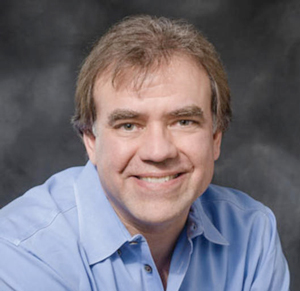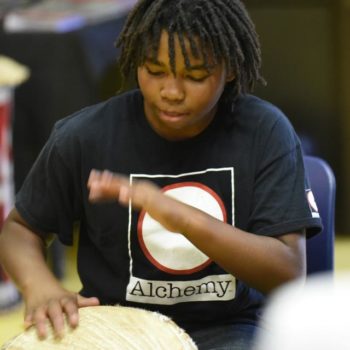by Mike Telin

On Friday, February 10 at 8:00 pm, music inspired by myths and legends will take center stage at E.J. Thomas Hall when Christopher Wilkins leads the Akron Symphony Orchestra in a performance of Stravinsky’s groundbreaking ballet The Firebird.
The program will also include Carl Maria von Weber’s “Overture” to Der Freischütz — based on the German folk legend of the “free shooter” who has a contract with the devil — and the Suite No. 2 from Maurice Ravel’s Daphnis and Chloé, which recounts the love between a goat herder and a shepherdess.
Based on a Russian fairy tale (read the story here), The Firebird is about an otherworldly spirit whose magical feathers provide protection to Prince Ivan as he rescues a princess from the evil sorcerer Kastchei. Written for Sergei Diaghilev’s Ballets Russes, the work was premiered in June of 1910 and was an immediate success with audiences and critics. Not only did the ballet serve as the 28-year-old composer’s breakthrough work, it was also the first of many collaborations between Stravinsky and Diaghilev, which would include Petrushka (1911) and The Rite of Spring (1913).
“I feel all three of these ballets are extraordinary documents of time and place,” Wilkins said during a recent telephone conversation. “They were about creating spectacle on a scale that audiences had never encountered before. That includes Michel Fokin’s and later Nijinsky’s choreography, as well as the sets and the costumes. Musically, Sergei Diaghilev was interested in astonishment. The original Firebird is lavish, but I don’t think any of it is wasteful. Every note of it matters.”
Compared to the three suites that were later arranged by the composer, Wilkins said that the original score is more dramatic. “The complete ballet is all about the extravagance of color. The offstage effects with the Wagner tubas and trumpets that are associated with the evil sorcerer Kastchei’s castle are not in the suites. Not only is a lot of the great music lost, so is a strong connection to the myth of the Firebird.”
Wilkins said that Friday’s performance will focus on that myth. “There will be supertitles over the orchestra so people can follow the story. But Stravinsky’s music is extremely visual music, so it is easy to understand what’s going on.”

“Dr. Kwame Scruggs, who founded Alchemy over twenty years ago, is one of our nation’s foremost teachers of myth,” Wilkins noted. “I’ve attended all of the sessions that have been part of this project, and it’s been very interesting for me to look at this myth closely.”
Although Wilkins has known the story for some time, having the opportunity to see it through the eyes of Scruggs and the students made him realize there was a great deal in it that he had missed — for example, his idea that Ivan represents Everyman, who is behaving out of fear. “And when he lets the Firebird go and is given a magic feather, you can see the idea that no good deed goes unrewarded.”
Another aspect of the story that the students have discussed is that Ivan begins his journey in the deepest, darkest part of the forest. “Dr. Scruggs asked us why journeys typically begin in places like that,” Wilkins recalled. “Two things struck me about our discussion. One, as the American mythologist Joseph Campbell said, is that it’s the part of the forest no one has previously explored — meaning that you have to choose your own path. And when you do that, you are in undiscovered terrain. Two, the dark forest is a frightful place to be, and myths often begin there because they are lessons about understanding and working through fear.”
During a typical Alchemy session, a leader will recount a myth while accompanying himself on a drum as participants listen, discuss, and journal aspects of the myth that are important to them. However, when introducing the Firebird legend, Wilkins played a recording of Stravinsky’s score while the story was told. Additionally, ASO musicians have taken part by discussing the role of their instruments in the piece. This week the students will be seated among the orchestra during rehearsals.
Wilkins said that the students’ initial reactions to the music was extremely positive. “Firebird has one foot in Russian romanticism and another in the progressive trends of the early twentieth century. Typically, Stravinsky uses folk music and traditional, tonal-sounding music for the human world of Ivan and the princess, and polytonality and modern techniques for the more magical world of the Firebird and Kastchei. That’s been something the students have been able to grasp very readily.”
Published on ClevelandClassical.com February 6, 2017.
Click here for a printable copy of this article


